At the European Council meeting in Brussels, EU approved a short Brexit extension for UK to decide which way they’d choose to go. If not Brexit deal is approved by the House of commons, The extension will be until April 12, when UK has to indicate a way forward. If a Brexit deal is approved, the extension will be until May 22. The offer is accepted by UK Prime Minister Theresa May.
EU President Donald Tusk said “the cliff edge will be delayed”, adding that “I was really sad before our meeting, now I’m much more optimistic.” He also noted, until April 12, “all options will remain open” and “the UK government will still have a choice between a deal, no deal, a long extension or revoking Article 50 ”
May said after the summit that “what the decision today underlines is the importance of the House of Commons passing a Brexit deal next week so that we can bring an end to the uncertainty and leave in a smooth and orderly manner”. She added “tomorrow morning, I will be returning to the U.K. and working hard to build support for getting the deal through.”
Text of EU summit agreement on Brexit
1. The European Council takes note of the letter of Prime Minister Theresa May of 20 March 2019.
2. In response, the European Council approves the Instrument relating to the Withdrawal Agreement and the Joint Statement supplementing the Political Declaration agreed between the European Commission and the government of the United Kingdom in Strasbourg on 11 March 2019.
3. The European Council agrees to an extension until 22 May 2019, provided the Withdrawal Agreement is approved by the House of Commons next week. If the Withdrawal Agreement is not approved by the House of Commons next week, the European Council agrees to an extension until 12 April 2019 and expects the United Kingdom to indicate a way forward before this date for consideration by the European Council.
4. The European Council reiterates that there can be no opening of the Withdrawal Agreement that was agreed between the Union and the United Kingdom in November 2018. Any unilateral commitment, statement or other act should be compatible with the letter and the spirit of the Withdrawal Agreement.
5. The European Council calls for work to be continued on preparedness and contingency at all levels for the consequences of the United Kingdom’s withdrawal, taking into account all possible outcomes.
6. The European Council will remain seized of the matter.




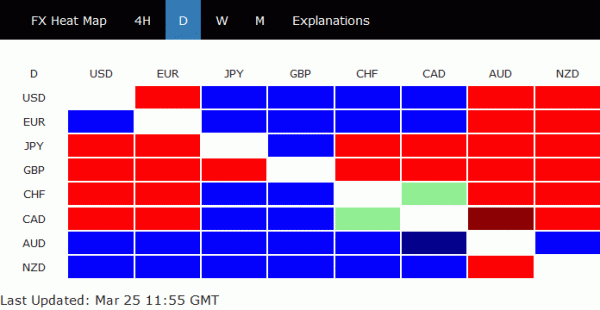
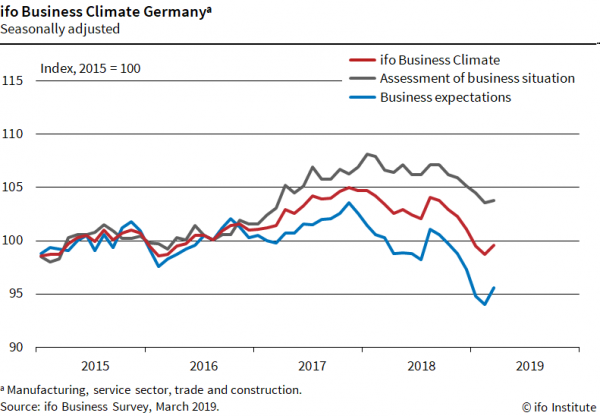
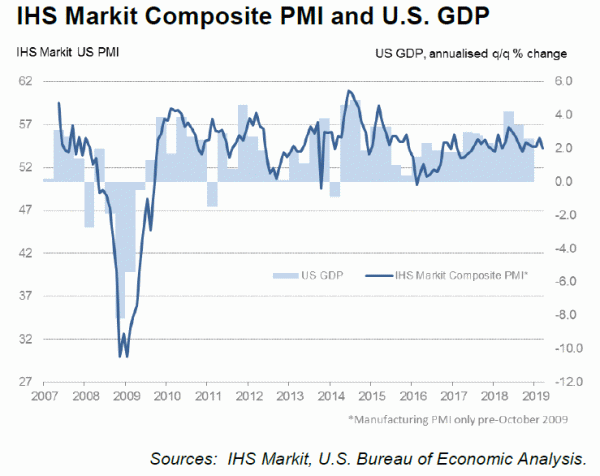
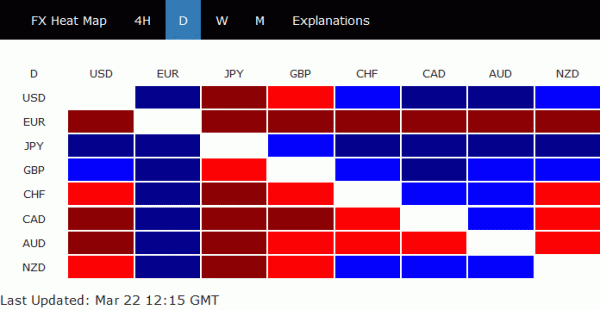
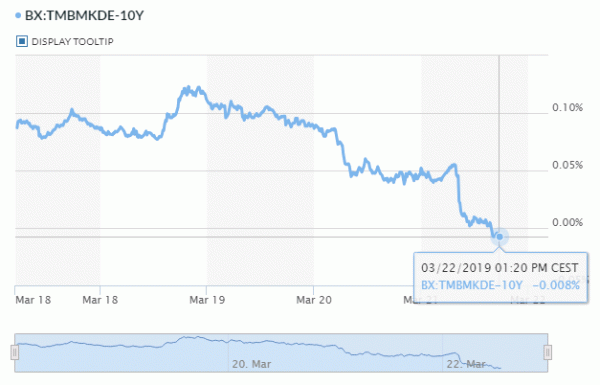
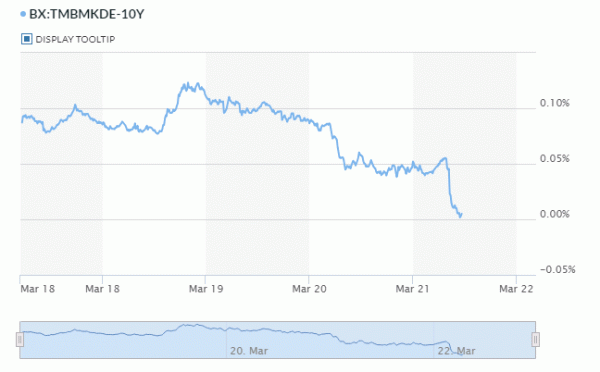
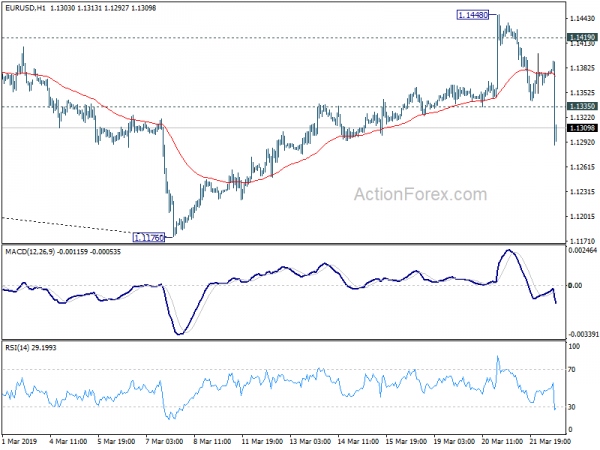
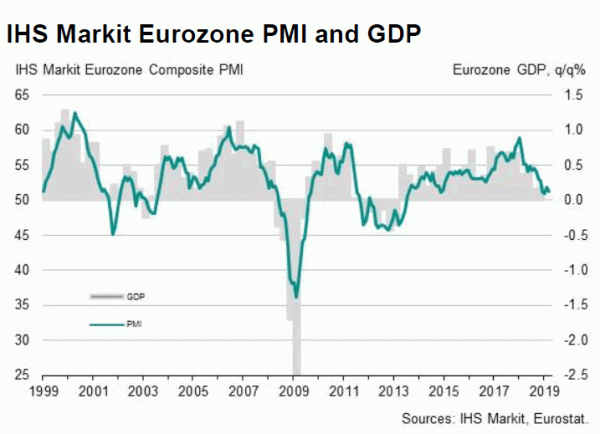
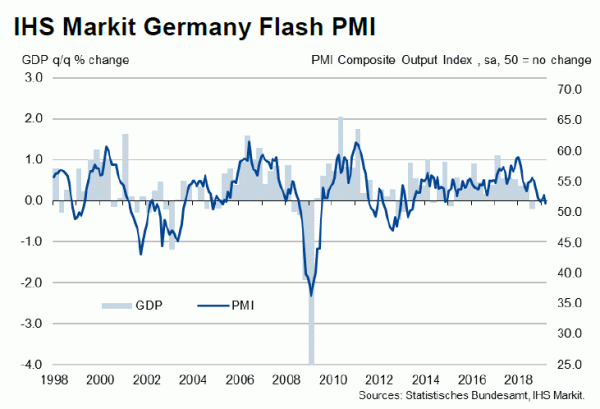
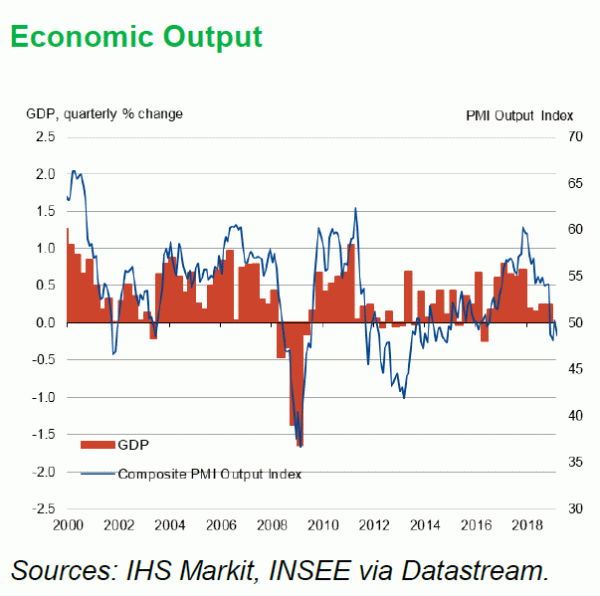
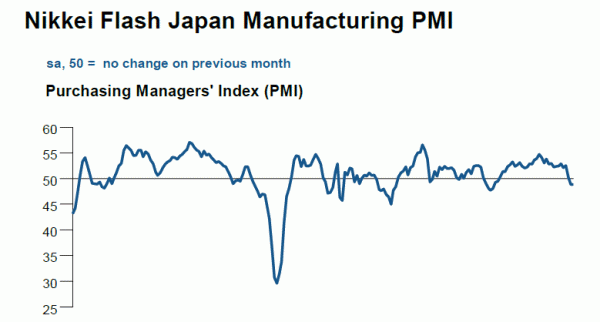

Former Fed chair Yellen: Yield curve inversion signals Fed cut, not recession
Former Fed Chair Janet Yellen said in a conference in Hong Kong that yield curve inversion doesn’t indicate recession in the US economy ahead. Rather, the development suggests that Fed might need to cut interest rate.
Simply, put she said “my own answer is no, I don’t see it as a signal of recession”. She explained, “in contrast to times past, there’s a tendency now for the yield curve to be very flat”. Thus, it’s now easier for it to invert.
On the other hand, Yellen said “it might signal that the Fed would at some point need to cut rates, but it certainly doesn’t signal that this is a set of developments that would necessarily cause a recession.”